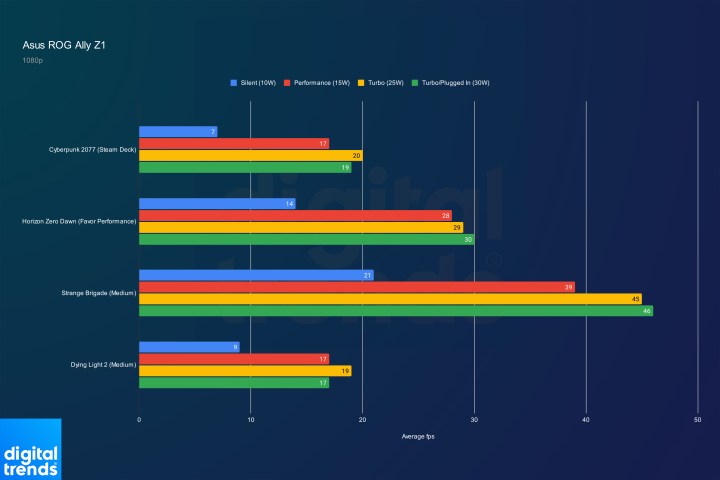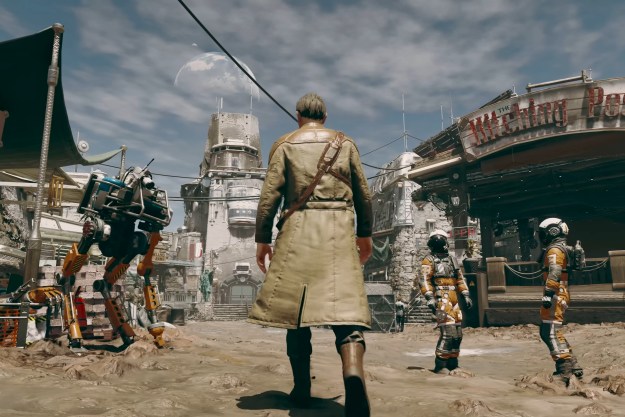
Asus’ ROG Ally Z1 wasn’t very good when it released. As you can read in our ROG Ally Z1 review, the handheld was way too expensive to justify at its $600 launch price, with the much faster Z1 Extreme model coming in for only $100 more. That’s changing with a big price drop.
Best Buy currently has the , and although it’s technically on sale, it’s hard to imagine the price will go back up any time soon. The Z1 Extreme model, for example, has been available for around $100 less than its $700 list price for weeks, following the announcement of the Steam Deck OLED.
At $400, the ROG Ally Z1 is surprisingly competitive. It now matches the base model of the Steam Deck, which comes with an LCD screen and 256GB of storage for $400. The ROG Ally Z1 offers a higher-resolution screen and twice the amount of storage for the same price. To get the Steam Deck OLED with the same amount of storage, you’ll need to spend $550.

It’s not a bad performer, either. As you can see in the chart above, the ROG Ally with the base Z1 gets close to the performance of the Steam Deck. That was a problem at its original list price, but it’s a fair trade-off at $400 when the ROG Ally is offering more storage, a better screen, and Windows 11.

By far, it’s the cheapest way to get a handheld Windows PC. The Z1 is now $200 to $300 cheaper than the Z1 Extreme model depending on sales, and it’s $300 cheaper than Lenovo’s Legion Go. It’s not even worth comparing i to more obscure handhelds like the Ayaneo 2S, where you’ll easily spend over $1,000.
There’s a lot of upside with the ROG Ally, in particular, too. It supports Asus’ XG Mobile external GPU, even if you opt for the Z1 model. This base configuration struggles mainly in the graphics department, so an external GPU would offer a huge boost to performance, and that’s something Valve, Lenovo, and competitors like Ayaneo just don’t offer.
Although the new price of the ROG Ally Z1 provides the best value you can find on a handheld gaming PC, that doesn’t mean it’s the right pick for everyone. It’s still fairly weak in terms of performance, and Windows 11 still shows quirks with this form factor. However, if you’re looking to finally get in on a handheld gaming PC, the ROG Ally Z1 is by far the best deal you can find.
Editors' Recommendations
- AMD’s new Ryzen 8040 CPUs aren’t all that new
- I traded the best gaming monitor for something totally different
- The best PC gaming hardware of 2023: GPUs, CPUs, monitors, and more
- Whatever you do, don’t buy an Nvidia GPU right now
- A typo is ruining this $700 Asus motherboard — but there’s a fix




